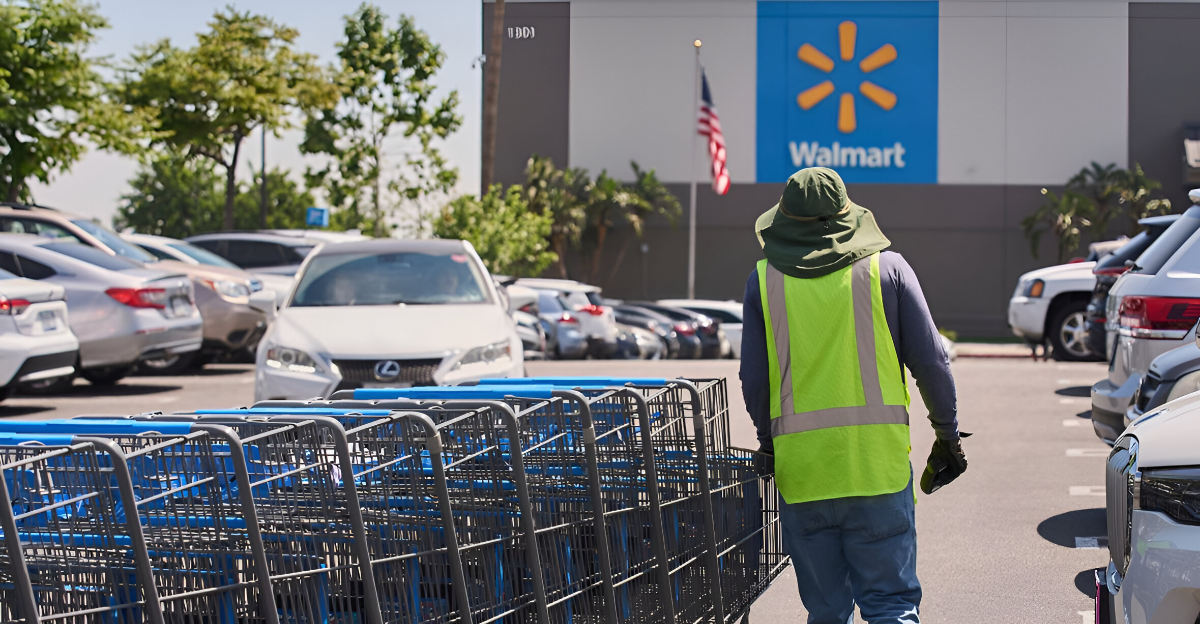
Many Americans believe retailers raise prices simply to increase their profits, but the reality is far more complicated when tariffs are involved.
When Walmart warned that new tariffs would force it to hike prices, the response wasn’t sympathy—it was a blunt directive to “eat the tariffs.” The comment, made by the president, sent shockwaves through the business world.
With consumer sentiment hovering near record lows and inflation still a top concern, the pressure on big-box retailers has never been greater. This clash between government policy and corporate strategy isn’t just about economics—it’s about who ultimately pays at the checkout line.
Let’s unpack what’s really going on.
Walmart Prices Set to Rise—And America Feels It
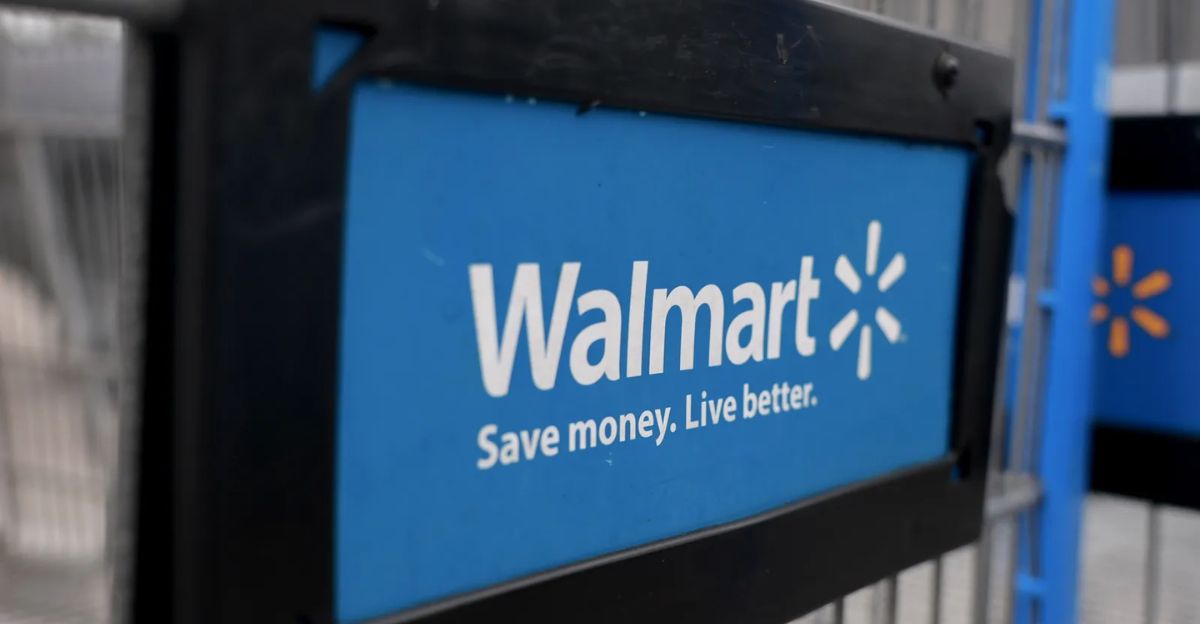
Walmart is raising prices at more than 4,600 stores across the country, impacting nearly 90% of American households that rely on the chain for groceries, clothing, and electronics. With 150 million customers weekly, even small hikes ripple through the economy.
The increases begin in late May, aligning with critical back-to-school prep, meaning higher costs for lunchboxes, supplies, and family staples. These shifts underscore Walmart’s power in setting national pricing trends and how closely Americans watch its every move.
So how did Walmart, the king of low prices, end up in this position?
The Low-Price Legacy That’s Now Under Fire
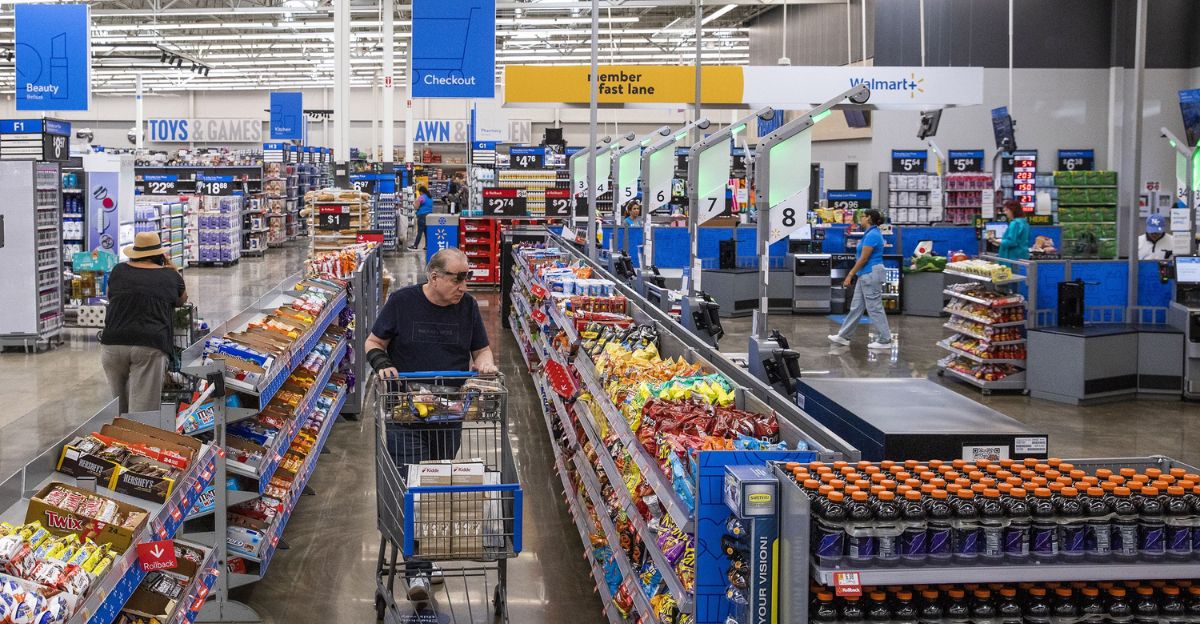
Since the 1970s, Walmart has promised “Everyday Low Prices”—a strategy that disrupted American retail and built a billion-dollar empire. Instead of flash sales, Walmart leveraged scale, centralized distribution, and enormous buying power to offer consistently low prices. Sam Walton’s strategy made Walmart a shopping habit for millions.
But today, those rock-bottom prices are harder to maintain as cost pressures mount. The foundation of Walmart’s brand, and its competitive edge, is being tested in real time.
And what’s making that model so difficult to sustain? The answer lies in global trade and tariffs.
That pressure is only growing thanks to new trade policies.
Tariffs Hit Walmart Where It Hurts
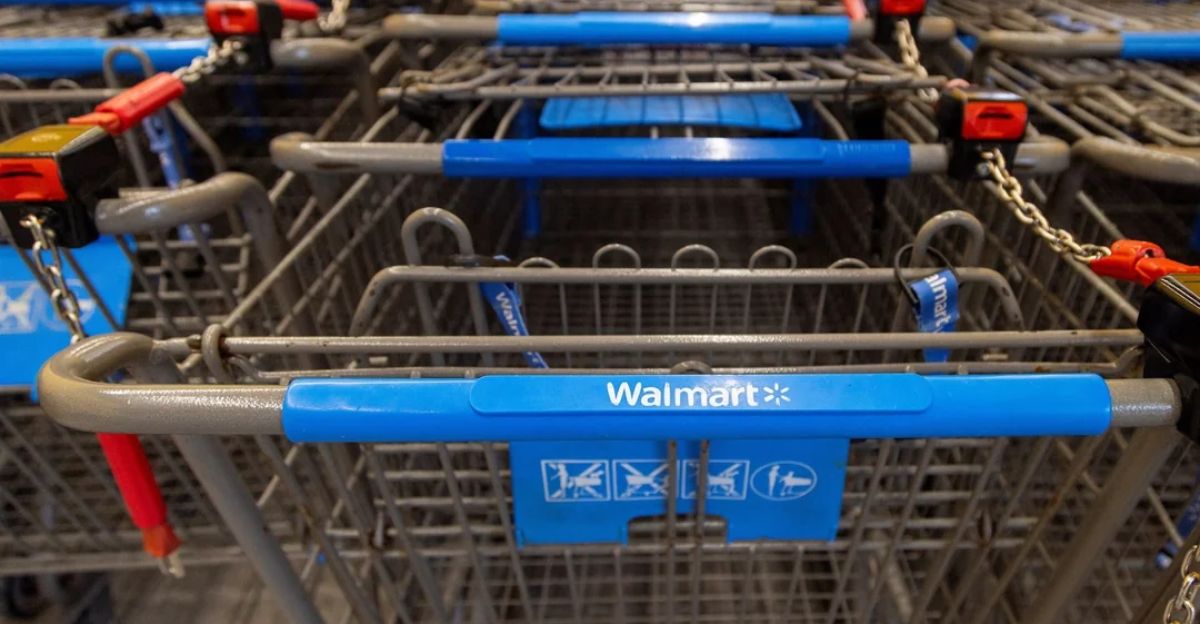
Despite reporting $4.5 billion in earnings and 4.5% U.S. sales growth, Walmart faces rising costs due to tariffs on imports from China, Vietnam, India, and more. Many of these tariffs sit at or above 10%. Even after a temporary reduction deal, the baseline costs remain high. CEO Doug McMillon says the company can no longer absorb these increases due to the narrow profit margins typical in retail. Products like toys, clothing, and electronics are especially vulnerable.
Then, just as Walmart warned of looming price hikes, the White House entered the conversation.
Trump Slams Walmart, Demands They “Eat the Tariffs”
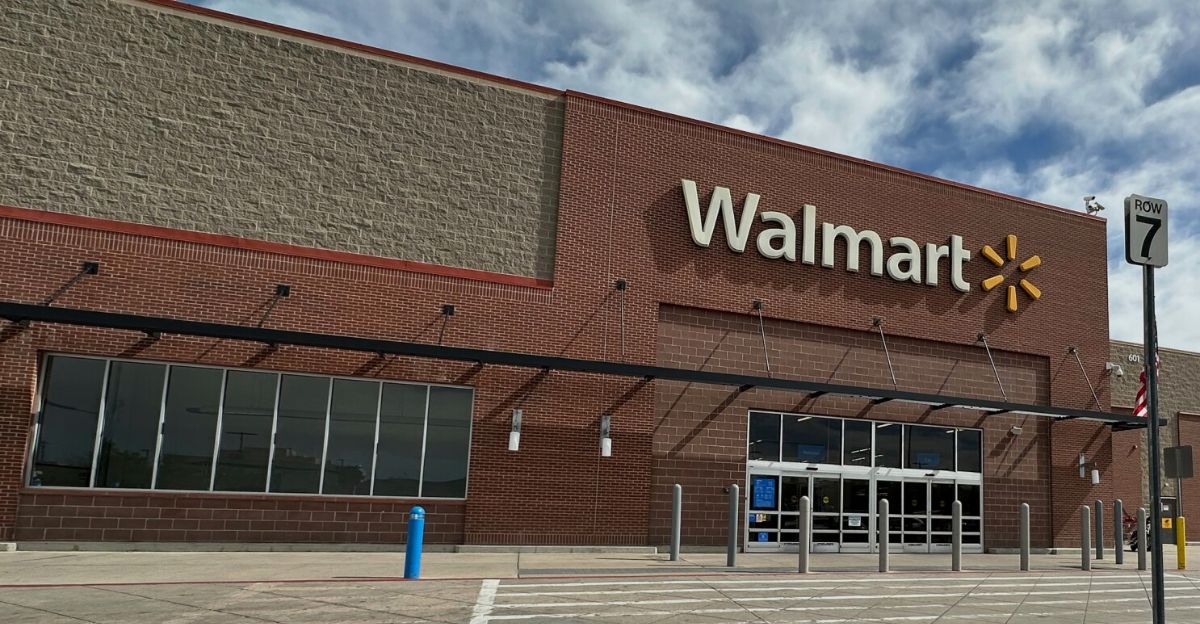
On May 17, former President Trump took to Truth Social to criticize Walmart for citing tariffs as the reason for upcoming price hikes. “They should EAT THE TARIFFS and not charge valued customers ANYTHING. I’ll be watching, and so will your customers!!!,” he posted, accusing the retail giant of blaming trade policy unfairly.
The public rebuke came two days after Walmart warned of increased costs tied to imports. The comment wasn’t just aimed at Walmart—it sent a message to all retailers navigating inflation and trade tension.
And for everyday shoppers already strained by inflation, this fight couldn’t come at a worse time.
Shoppers Brace for Higher Prices
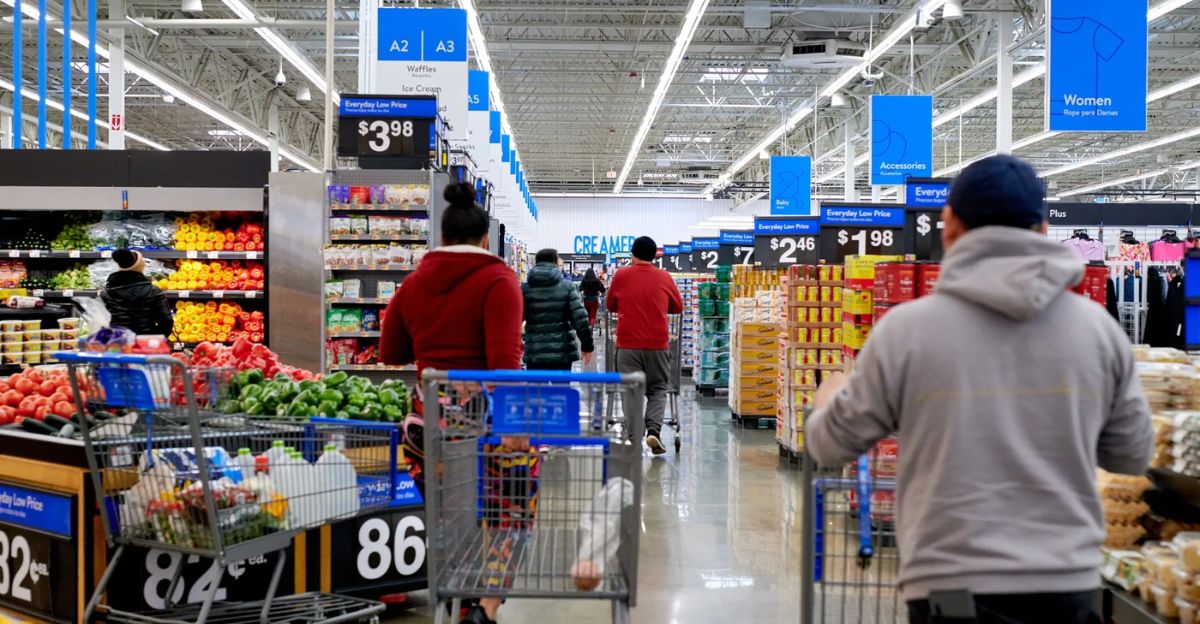
Consumers are already feeling squeezed. A University of Michigan survey released May 16 showed consumer sentiment falling to 50.8, the second-lowest score since 2022. Year-ahead inflation expectations rose to 7.3%, with 75% of respondents citing tariffs as a key concern, up from 60% the previous month.
Prices are expected to rise on everything from bananas and milk to electronics and kids’ car seats. For families budgeting tightly, these increases threaten to cut deep.
But behind these headlines is a tough truth about how Walmart’s business model works—and why it’s hard to change.
Why Walmart Can’t Absorb the Costs
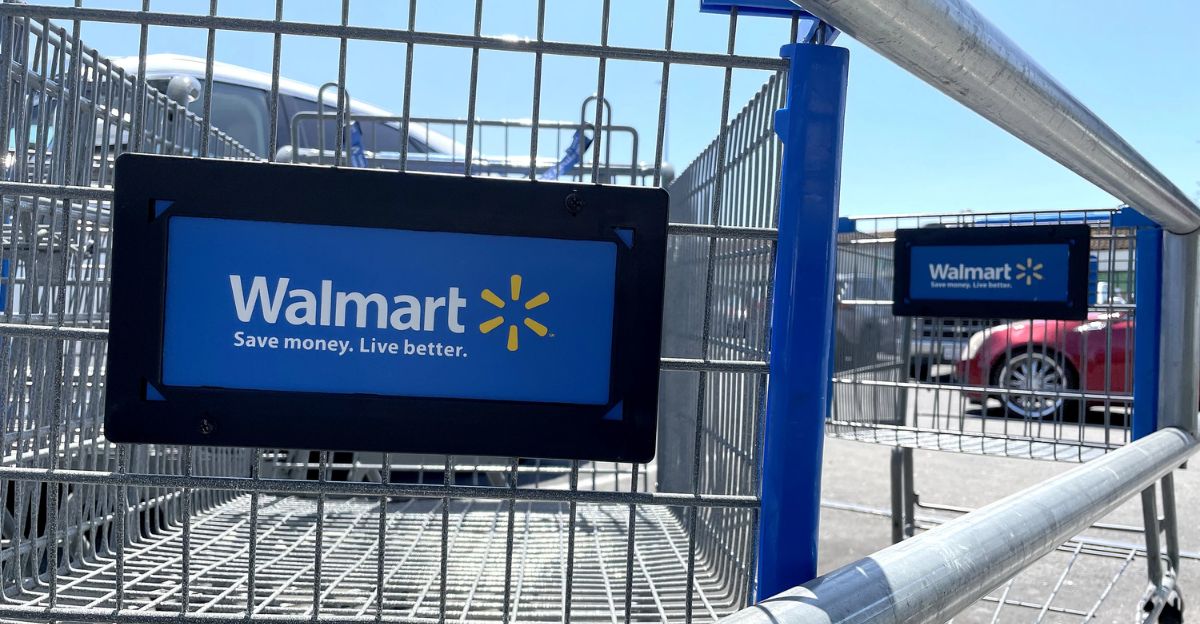
Walmart may be enormous, but its profit margins are thin. Two-thirds of its goods are U.S.-sourced, with groceries making up a major chunk, offering little room to raise prices. But imported categories like toys, clothing, and home goods face unavoidable tariff costs.
As these tariffs increase landed costs, Walmart’s cost-to-retail ratio balloons, making quick price hikes a financial necessity. CFO John David Rainey says even small shifts force major pricing changes to protect the bottom line.
That creates a serious leadership challenge, especially when public criticism is so direct and high-profile.
Walmart’s CEO Walks a Tightrope

CEO Doug McMillon is caught between investor obligations and presidential pressure. After warning Wall Street of higher prices due to tariffs, McMillon spoke with Treasury Secretary Scott Bessent, but left with no clear direction.
Analysts say McMillon must be careful: warn too much, and he risks political fallout; say too little, and shareholders may be blindsided. The situation is already sending a message to other CEOs: publicly addressing trade costs could carry reputational risks.
But ironically, Walmart’s transparency may end up helping its competitors weather the storm.
Walmart Gives Other Retailers Cover

By going public with its pricing challenge, Walmart is providing what experts call “air cover” for other retailers. Mark Cohen, former director at Columbia Business School, says Walmart is paving the way for companies large and small to follow suit without backlash. Many are quietly adjusting prices too, but using softer language to avoid political attention. Walmart’s sheer size means its pricing sets the tone for the industry.
And that industry is watching consumers closely—because signs of economic slowdown are starting to mount.
Economic Warning Signs Are Flashing for Retailers
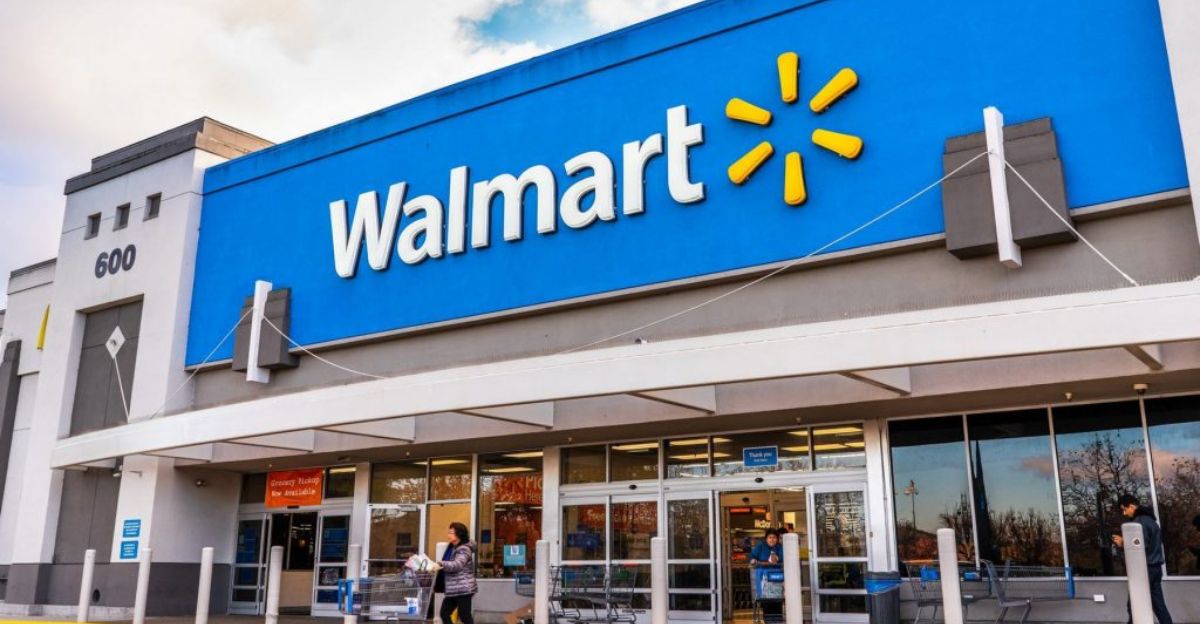
U.S. consumer confidence fell for the fourth consecutive month in April. GDP shrank in Q1 2025—the first contraction in three years,prompting recession fears. Three-quarters of consumers now cite tariffs when discussing the economy, highlighting just how much trade policy shapes public perception.
With inflation expectations rising, lower and middle-income households, Walmart’s core shoppers, may reduce spending further. That slowdown threatens to ripple through the entire retail economy, creating a fragile outlook heading into summer.
As Walmart moves forward with its pricing strategy, all eyes are on what comes next for consumers and competitors alike.
The Future of Retail Pricing Politics
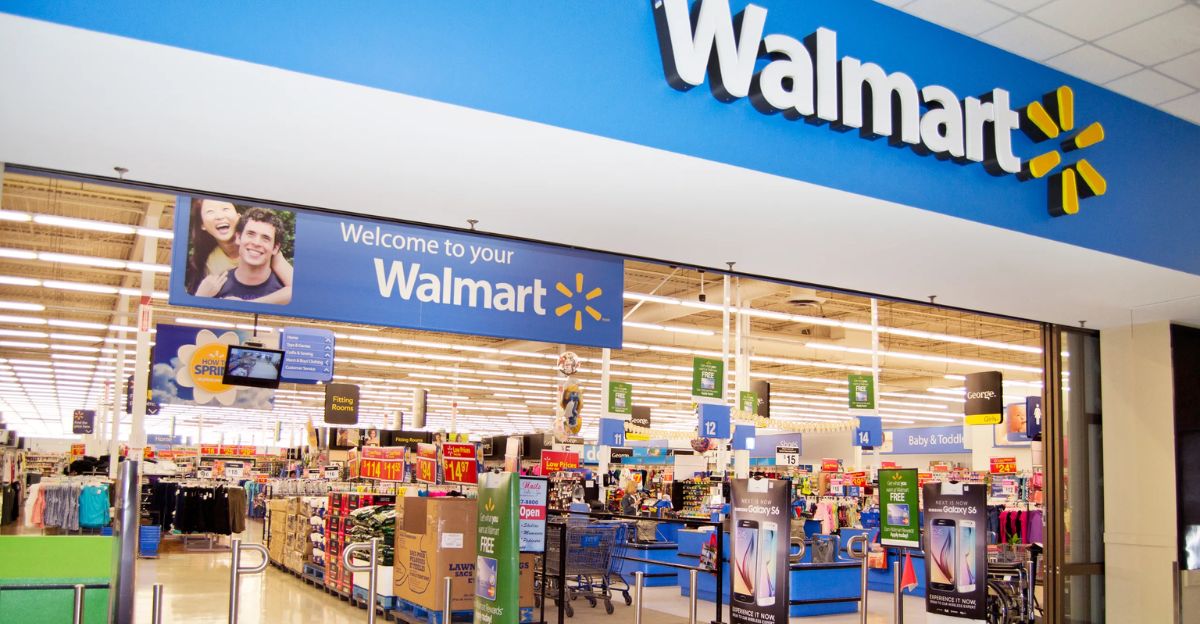
Walmart’s decision to raise prices isn’t just about tariffs, it’s a glimpse into how global policy now shapes the everyday cost of living. As companies balance rising costs, political scrutiny, and consumer expectations, pricing is becoming a high-stakes game with fewer quiet moves.
Whether through product changes, supply shifts, or transparency, how retailers respond will set the tone for years to come. Consumers, meanwhile, are not just shoppers, they’re participants in a system where policy meets the checkout aisle. The coming months won’t just test Walmart’s strategy, they’ll test how resilient the retail economy really is when profit, politics, and public trust collide.
Discover more trending stories and Follow us to keep inspiration flowing to your feed!

Craving more home and lifestyle inspiration? Hit Follow to keep the creativity flowing, and let us know your thoughts in the comments below!
